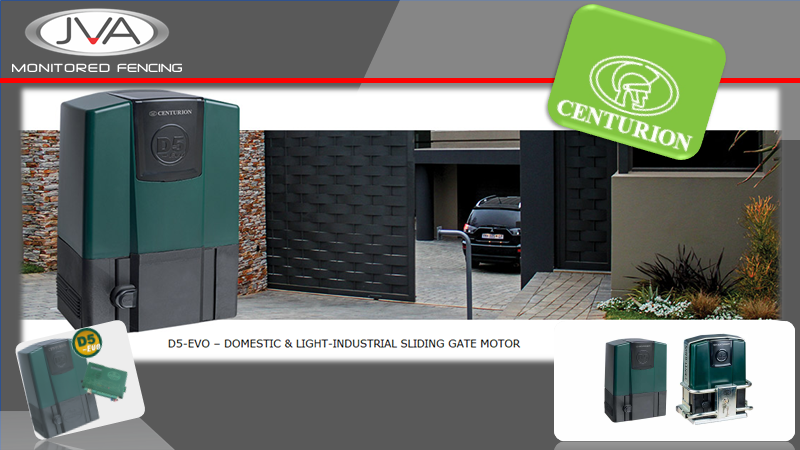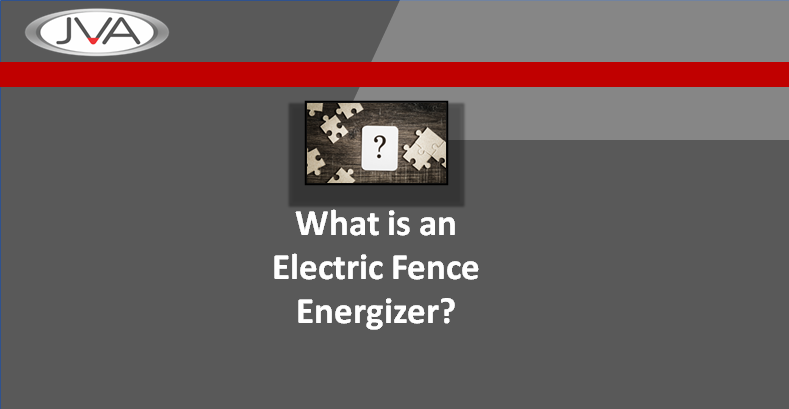How to Plan a Fence System
First, let’s talk about how to plan security fencing for agricultural applications. There’s a lot of crossover between agricultural and security fencing, but we’ll go into further detail on the security side of things in my next post.
We discussed in detail how to plan a fencing project in this blog, but here we’ll focus on the D factor. This is a great system for identifying your priorities for your fencing:
- Demarcation – any fence will demarcate a line, so just ensure that it’s in the right place.
- Deflection – a good fence will send the casual trespasser off to another target and save you the pain of dealing with a potential problem.
- Deterring ability – a good structure will be enough to make a casual thief look for an easier target.
- Detection – a determined intruder needs to be detected and the responder needs to be alerted.
- Delay – for the least loss in an intrusion situation the intruder needs to be delayed to give the responder the maximum time to get to the site.
- Dependability – this is about choosing the right tools for the work at hand. Look at the track record of the company you’re considering partnering with, as well as the history of the equipment being specified by them. If you don’t have much experience in this area, you’re going to need to do your research thoroughly (the more the better).
For systems and alerts, JVA has some cracking kits. Check out our catalog here.

Centurion Gate Motors
Motorized gates make life easier, enhance security and boost curb appeal. For me, investing in one is a no-brainer. And, if you’re going to go for one, I think it should be the most feature-rich option on the market.
I recommend Centurion gate motors because frankly, they do everything you’d ever need your gate motor to do. Here’s why they’re my pick:
- Safety – the wireless keypads include a safety feature that stops them from being operational if they fall into the wrong hands.
- Performance – Centurion developed their tech for international markets, so you can be certain that they take security seriously.
- Convenience – the inbuilt courtesy light is just one of the features that our customers love.
- Compact – At up to four times smaller than other models on the market, Centurion products are my recommendation for commercial and light industrial uses.
- Easy installation – Centurion produces great, easy-to-follow manuals, and their wireless safety beams and keypads cut down on installation time.
- Minimal maintenance – All you need to do is keep an eye on the backup battery. It couldn’t be easier.
Centurion Solar Power Gate Openers
It’s fair to say that the only clear reason for using solar power for a gate opener is because there’s no mains power supply close to the gate. In agricultural applications, this is actually quite common, which is why it’s worth knowing about Centurion’s solar-powered products.
The key considerations when building a solar-powered setup are reliability and cost-effectiveness. I discuss this in detail in this blog, but here’s a quick rundown of how to strike the right balance:
- Solar panels – the size, number, required output voltage, and power consumption are the most important considerations for the solar panels themselves. Calculating this can be tricky so drop me a line if you need a hand configuring your setup.
- Batteries – this is determined by the amount of power needed in any given period and the amount of power supplied by the solar panels.
- Regulators – a good regulator is a must-have for a solar power gate opener because the batteries need protection from damage.
Check out Centurion’s solar power gate opener here.
The Benefits of Monitored Security Fencing
If you’ve already got an electric fence energizer in place on your farm or ranch, you’re probably wondering why you need to change your setup. Well, technically you don’t have to. However, adding a remote monitor is an easy and affordable way to make a huge difference in the daily maintenance and management of your land.
Adding a remote monitor to your fencing setup simply means that you can do things remotely without having to drive back and forth to the energizer whenever repairs are needed.
We have several monitored security options to choose from, and they can all be paired with your existing fence energizer.
- The budget-friendly monitor – PTE0211
- The end of line monitor – PTE2606
- The ‘Joe’ monitor – PTE2603
- The SCADA monitor – PTE0705
- The Z range monitor – JVAZM1
- The Z20 sector monitor – JVAZM20
- The Z50 sector monitor – JVAZM50
If you’re not sure which one’s the right fit for your setup, just give me a call!
How to Design and Configure Agricultural Fencing
Ok, now we’ve looked at gate openers, monitors, and power source options, let’s talk about how to design and configure agricultural fencing. As an electric fence is an electrical circuit, it stands to reason that each component will have a bearing on the efficiency of the system.
Rural fencing may be a single strand of poly wire or several strands of smooth, highly conductive wires. The common fact is that the fence strands need to be conductive and insulated. The type of insulators will generally not be a major factor as these are designed with a specific purpose in mind. The conductive strands, however, need more consideration. This is because the resistance of the material and thickness of the conductors differ in each case and therefore have an impact on the overall design.
There are many fence designs for different animals on our website, or you can send me an email at billy@jva-us.com to get a copy of our handy wire resistance chart.
Energizers
The size of the energizer (or charger) for agricultural fencing is a complex topic and is widely debated in the industry. However, the efficacy of an energizer and whether or not it’s right for your fencing project will always depend on the following factors:
- Fence resistance – the type of conductors, how the joints are made in the conductors, and the fence length.
- The wiring configuration – whether it’s connected in series or parallel.
- Insulation factor – the type of insulators and the vegetation growth on the fence.
- The earthing or grounding of the fence.
Energizers work on a capacitive discharge principle. The power supplied to the system charges a capacitor and discharges that capacitor onto the fence through a step-up transformer. This pulse of energy is measured in joules.
The rule of thumb for a good, clean five-wire EF with three hot strands of 12.5-gauge galvanized steel wires connected in parallel on a ten-mile-long fence is a charger with an output of 1 joule.
If you’re unsure what size energizer you need for your land, just give me a call and I can recommend rural fencing products that you can rely on.
Choosing a Power Source
We’ve briefly touched on this as part of our discussion about solar power gate openers but to reiterate, you generally have three options for powering your electric fencing setup.
- Mains
- Battery
- Solar
Mains power is obviously a great option if your fence will have access to it, but if not you can go battery-operated instead. There’s the slight inconvenience of having to continually remove and charge batteries to consider with this option, though. If neither of those options works for you, solar power is a solid alternative.

Installers: Always Have an Agreement in Place
Finally, if you’re an installer, you must always have an agreement in place before work commences. I cannot stress this enough. It doesn’t have to be a lengthy, complicated contract. A brief document that covers the what, the who, the where, and the when will suffice, but make sure you run it past an attorney unless it’s an industry-approved standard contract that covers law and ownership.
I’d also recommend that you have the property owner point out the exact line that the fence should follow, so there’s no confusion there. Finally, always ask the question “are you the owner and if not, do you have the landlord’s written permission?” I found this out the hard way! You can read about the time I built a fence in the totally wrong place here.




